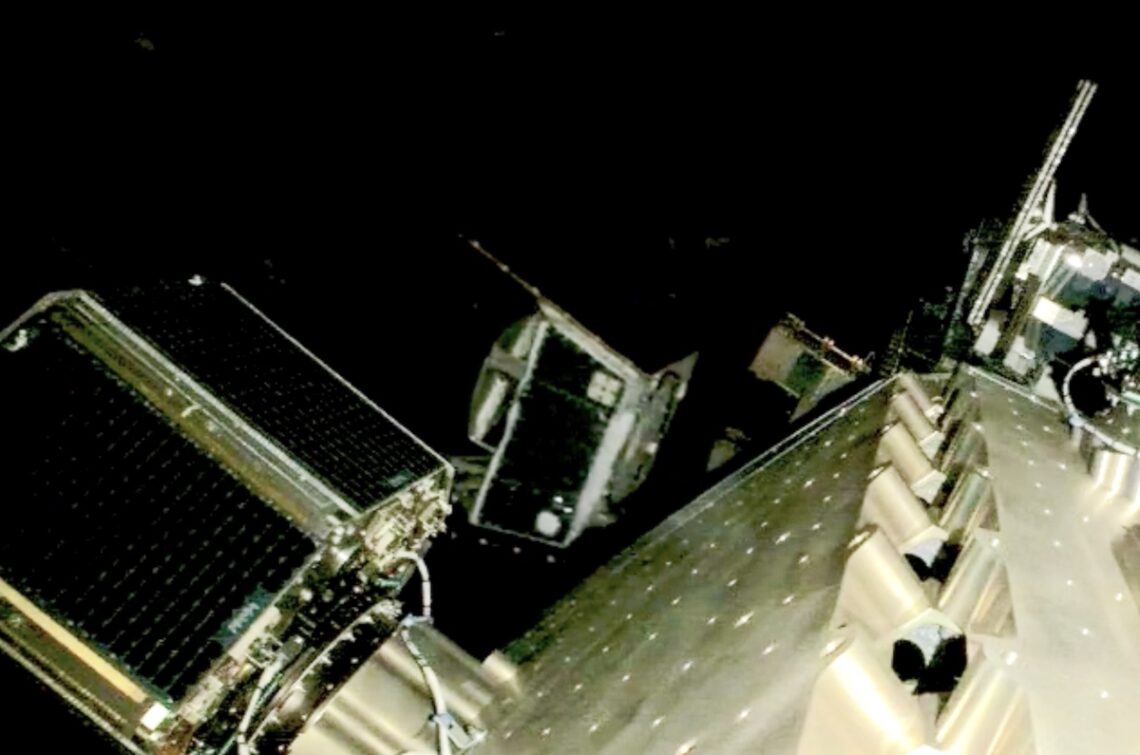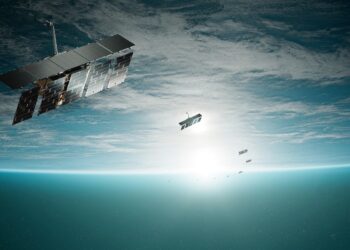Updated 4:40 p.m. Eastern to revise company funding.
WASHINGTON — Spacecraft manufacturer Apex says its first satellite is alive and well after a launch March 4.
The Los Angeles-based company has made contact with and is successfully operating its Aries SN1 spacecraft, which was one of 53 payloads launched on SpaceX’s Transporter-10 rideshare mission from Vandenberg Space Force Base in California.
Ian Cinnamon, chief executive of Apex, said in a March 5 interview that the commissioning of the spacecraft in the hours after deployment, about 70 minutes after liftoff, has gone well. “Everybody hopes for everything being perfectly nominal,” he said. “There’s always hiccups that occur, but I think our team was able to get through everything very quickly.”
The company, he said, developed software for the spacecraft to make its initial operations as autonomous as possible, including orienting itself and deploying solar arrays to generate power as well as turning on a UHF beacon to transmit telemetry.
“It took about 10 minutes to go through that full autonomous sequence, when previously we budgeted 30 minutes or even an hour, so we’re very impressed with that performance,” he said. The only issue came later, when controllers switched to a higher-bandwidth S-band communications link, which he blamed on an unspecified problem on the ground and not with the spacecraft itself that the company has since resolved.
“We’re really excited to be able to go through the commissioning that quickly,” he said. The company is now turning to various “stress tests” of the spacecraft as well as using the spacecraft as an on-orbit testbed for software development.
Apex had planned to use Aries SN1 solely as a technology demonstration mission. However, the company lined up several customers to fly payloads on the spacecraft, including what Cinnamon called three “major defense primes” and others the company declined to disclose….
Read the full article here


